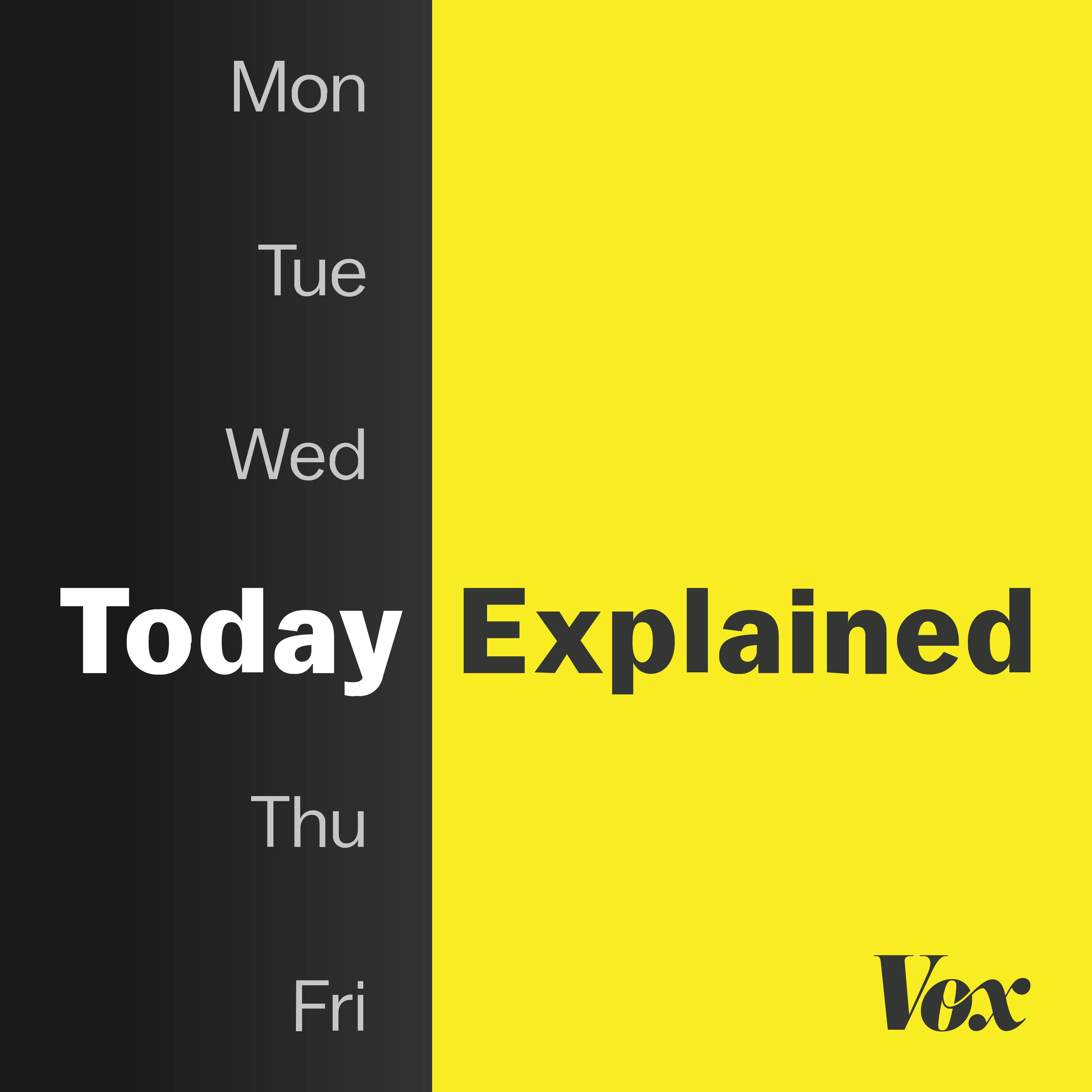
Deep Dive
Why did the real Y2K not result in a widespread technological disaster?
Despite widespread concern, the Y2K issue was largely mitigated by extensive preparations and the work of IT professionals and government officials who ensured systems were updated and ready for the year 2000 transition.
What were some of the specific issues that did occur during the Y2K transition?
While no major disasters happened, there were documented issues such as problems with satellites and nuclear power plants, highlighting the widespread reliance on computer systems at the time.
Why did Y2K become a significant concern in the late 1990s?
The issue originated in the 1950s and 1960s when programmers used two-digit year codes to save memory, leading to concerns in the 1970s and 1980s. By the 1990s, the impending year 2000 deadline made it a critical issue that required global attention and coordination.
How did the media contribute to the Y2K hysteria?
Media outlets often sensationalized the potential for a Y2K disaster, with cover stories like Newsweek's 'The Day the World Crashes' in 1997. This coverage helped to amplify public fears and preparations for a potential apocalypse.
What can we learn from the Y2K experience about addressing future technological challenges?
Y2K demonstrated the importance of proactive problem-solving and international cooperation. It showed that when experts identify potential issues, it's crucial to listen and mobilize resources to prevent crises, even if the eventual outcome is less dramatic than anticipated.
How did the Y2K issue reflect society's increasing reliance on technology?
Y2K highlighted that by the end of the 20th century, daily life was heavily dependent on computer systems, from the electric grid to grocery store inventory. It underscored the need to maintain and update this infrastructure as critically as traditional physical infrastructure.
Why did some people move to Alaska in preparation for Y2K?
Some individuals believed that Y2K could lead to societal collapse, prompting them to move to remote areas like Alaska to be self-sufficient and protect their families from potential chaos.
What role did the government play in addressing the Y2K issue?
The U.S. government, particularly from 1996 onwards, took the Y2K issue seriously, with bipartisan efforts in Congress and coordination with international partners to ensure that critical systems were updated and ready for the year 2000 transition.
How did the entertainment industry portray Y2K?
The entertainment industry often depicted Y2K as a potential apocalypse, with shows like The Simpsons featuring segments where technology malfunctions lead to chaos. This portrayal helped to cement the public's perception of Y2K as a significant threat.
What was the public's reaction to the Y2K issue as the year 2000 approached?
The public was generally well-prepared, with many stocking up on essentials and making contingency plans. However, the lack of a major disaster led to a collective sigh of relief and a sense of anticlimax once the new year arrived without incident.
Shownotes Transcript
Kyle Mooney dreams up a New Year’s Eve 1999 apocalypse. Historian Zachary Loeb explains why the real Y2K wasn't one.
This episode was produced by Avishay Artsy, edited by Amina Al-Sadi, fact-checked by Anouck Dussaud, engineered by Patrick Boyd and Rob Byers, and hosted by Sean Rameswaram.
Transcript at vox.com/today-explained-podcast)
Support Today, Explained by becoming a Vox Member today: http://www.vox.com/members)
Kyle Mooney in a still from "Y2K," the film he directed and starred in. Photo credit: Nicole Rivelli.
Learn more about your ad choices. Visit podcastchoices.com/adchoices)
